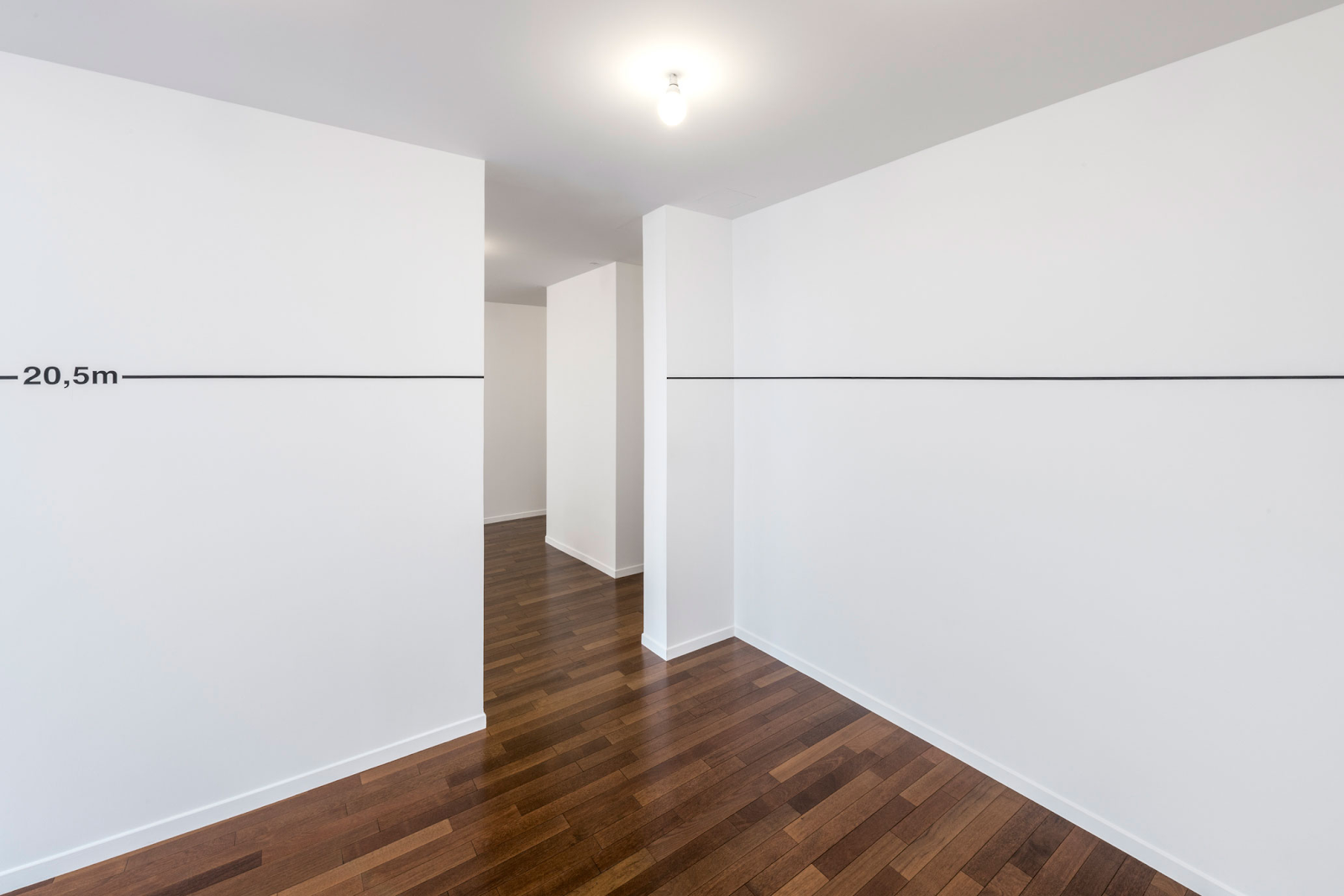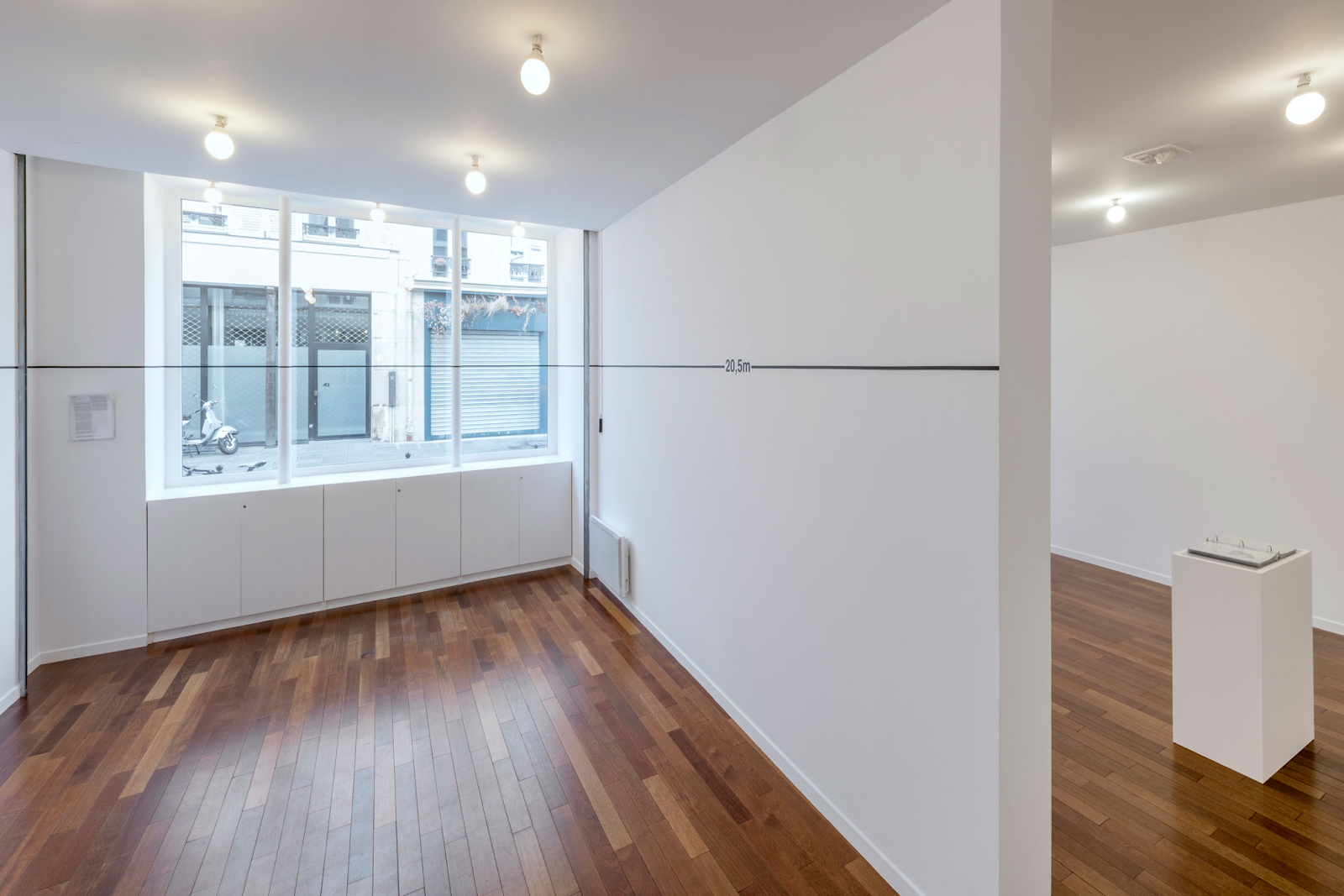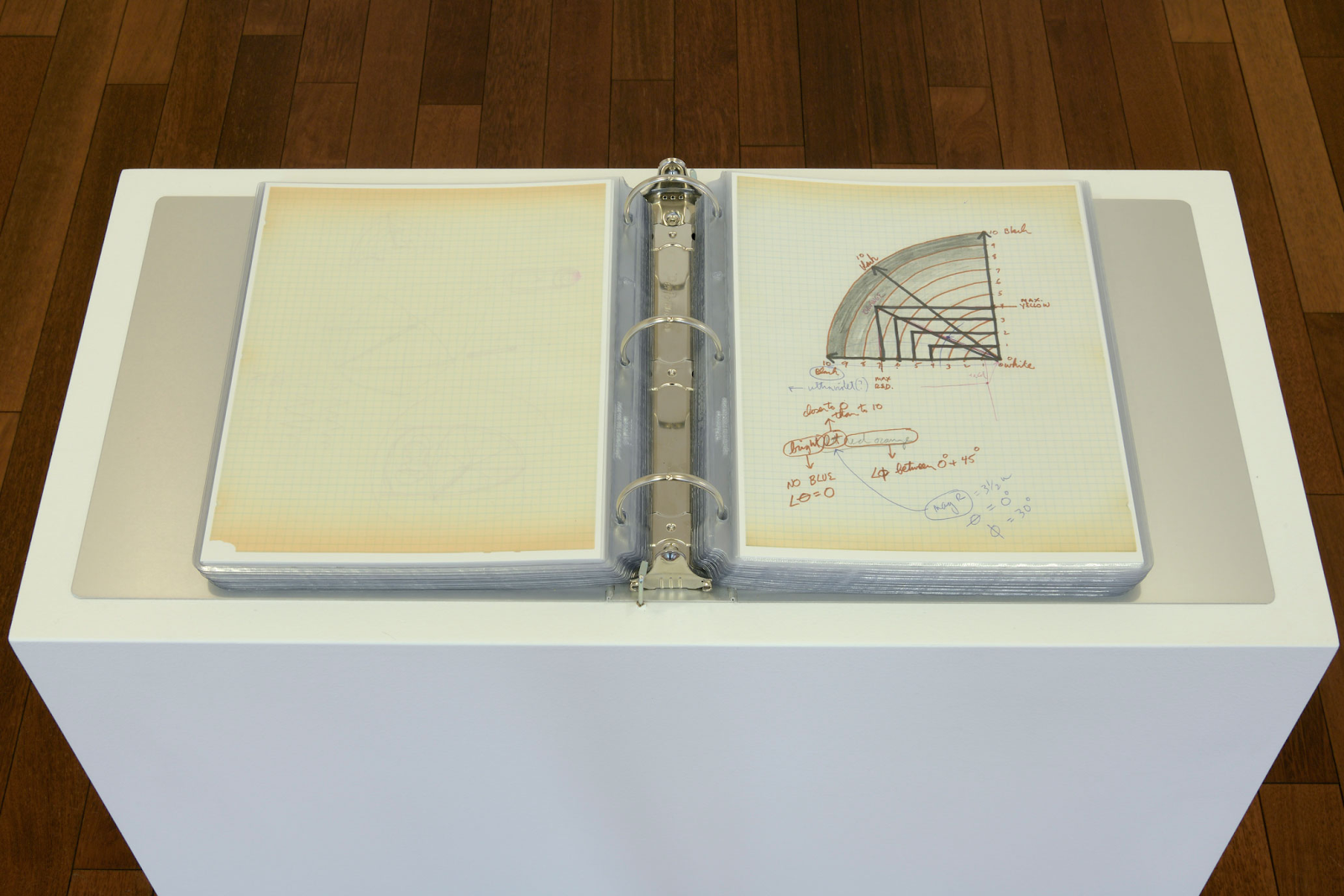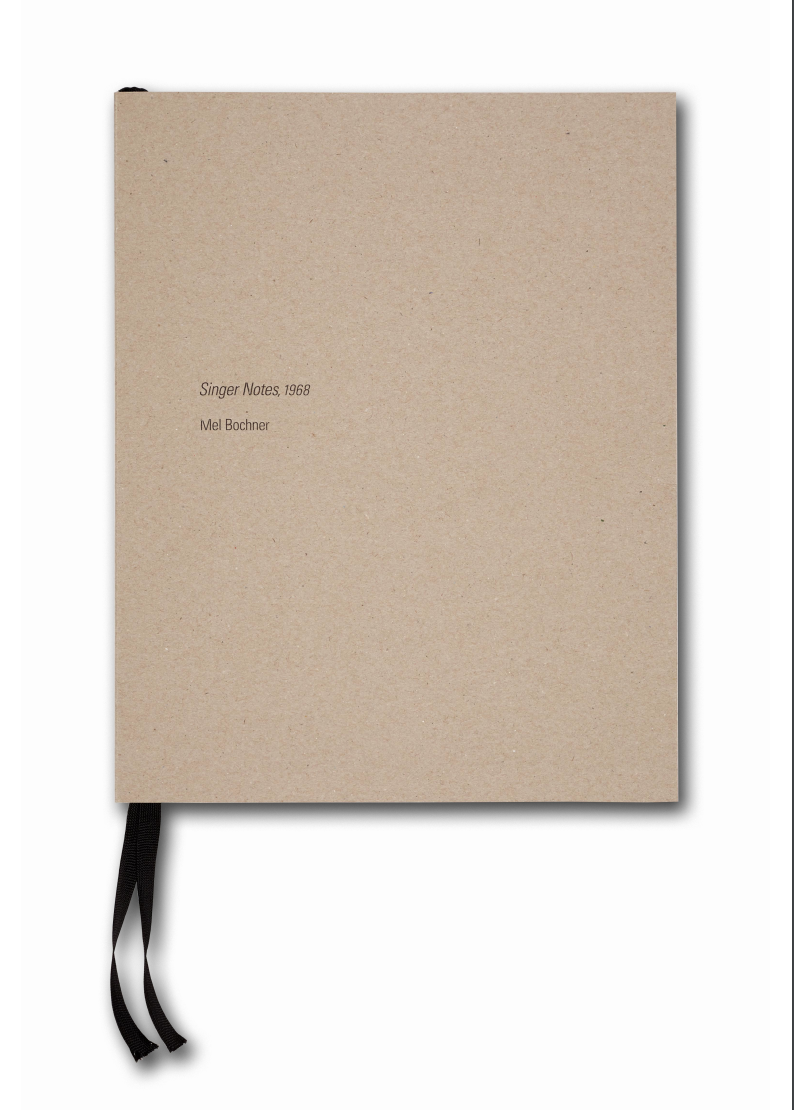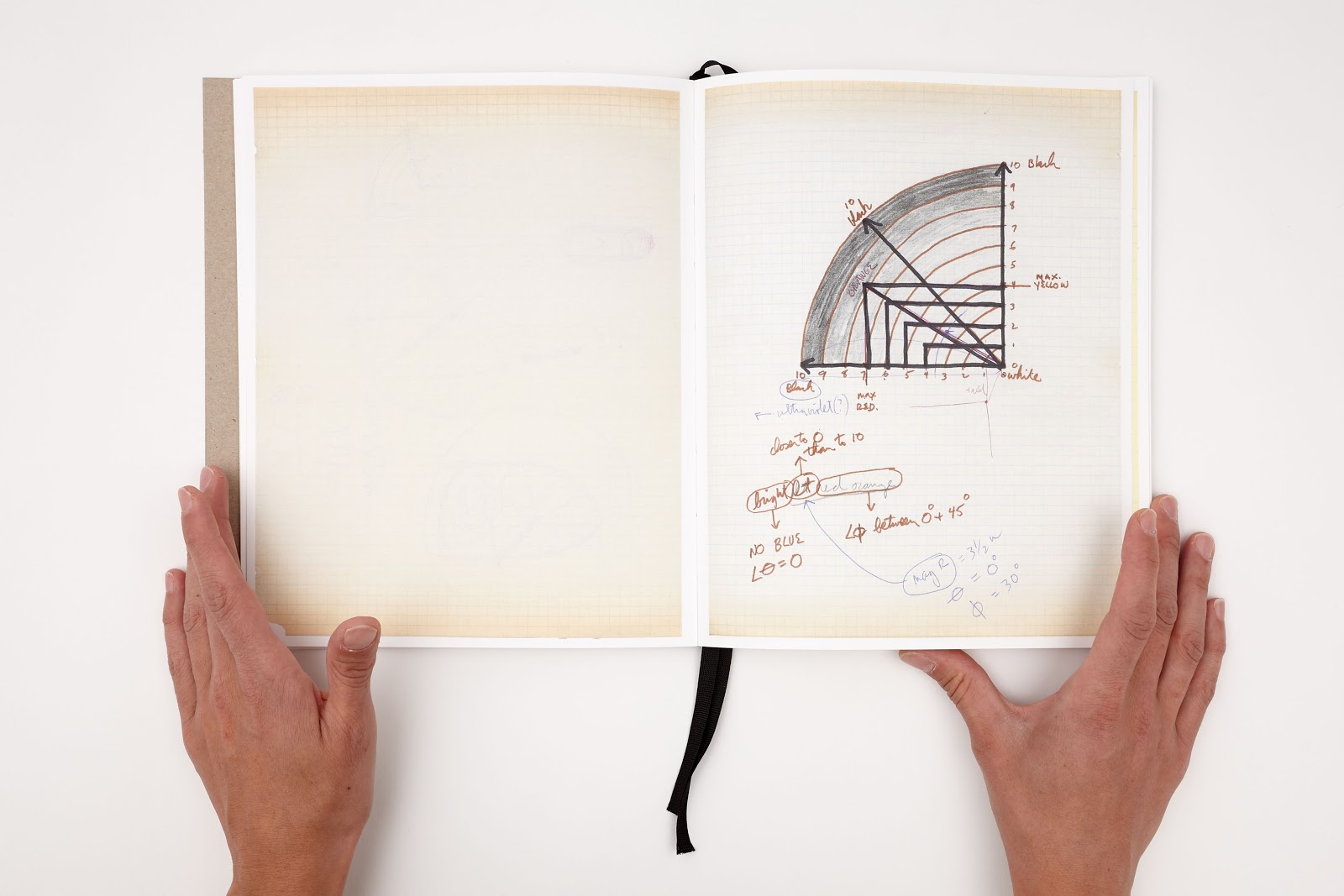Singer Notes by Mel Bochner
Exhibition at Galerie Michèle Didier, Paris
September 8 - November 17 2017
Artist: Mel Bochner.
Curators: Michèle Didier, Sébastien Pluot.
The Singer Notes is a seminal, yet basically unknown work by American artist Mel Bochner. Although it contains the first expressions of ideas that proved foundational to the hugely influential work that Bochner produced since the late 1960’s, it has remained largely unrecognized.
Early in 1968, Bochner applied for an open call organized by the already renowned Experiments in Art and Technology program. Robert Rauschenberg and Billy Klüver initiated E.A.T in 1966 at a culminating moment of American culture’s scientific optimism. Bochner was chosen for an artist residency, at the Singer Laboratories based in New Jersey. He visited the lab three days a week between September and December 1968. The Singer Notes consist of a collection of notes and drawings resulting from the conversations he had with scientists and engineers. Even though his application letter expressed his interest in doing “numerical photographic translation” with a computer, the residency mainly consisted in conversations and dialogical speculations. Though he found these stimulating and informative he remained skeptical of the scientist’s positivist premises. The Singer Notes, mostly the by-products of these conversations, articulate several themes: how scientists translate their research into applications; how they design experiments; the nature of color as a form of energy; the fundamental differences between analogue and digital; how scientists (and by extension, all people) know what they know. This context extended the spirit of intellectual inquiry Bochner had already begun before arriving in New York in 1964, when he studied philosophy at Northwestern University, where he was introduced to Wittgenstein, Sartre and Heidegger. With no set agenda, but based on his critical position vis-a-vis positivism, the Singer Lab residency eventually led him to ideas for new works, as well as ideas for projects that were to remain purely conceptual. For example, texts written in the snow using temperature sensitive ink that would only appear at a pre-set temperature and then disappear. Or images composed solely by an algorithmic formula without any initial drawing. The Singer Notes ends with the first appearance of the speculations that would later become one of his most significant bodies of work, the Measurement Series.
Even though many of Mel Bochner’s work have become iconic in the narrative of post-war American art, the Singer Notes stayed in his archives for almost 50 years. It has never before been exhibited.
In 2013 Bochner mentioned this work during a conversation with Sébastien Pluot. They conceived a project to record a conversation based on the discussion of each page of the folder. That conversation was the basis of the publication that accompanies this exhibition. In 2015 Michèle Didier proposed to publish the book they imagined including the entire Singer Notes along with the Bochner / Pluot conversation. The exhibition was based on one of the last drawings of the Notes, that has never been realized until today. In the first gallery the Singer Notes folder was open on the top of a pedestal, referring back to his historic 1966 Working Drawings And Other Visible Things Not Necessarily Meant To Be Viewed as Art. In the adjacent gallery he installed Measurement: Perimeter, the culmination of his experiences at the Singer Labs and one of the most pivotal works in his entire oeuvre.
